Carbon dioxide (CO 2) is an important heattrapping (greenhouse) gas, which is released through human activities such as deforestation and burning fossil fuels, as well as natural processes such as respiration and volcanic eruptionsThe first graph shows atmospheric CO 2 levels measured at Mauna Loa Observatory, Hawaii, in recent years, with average seasonal cycleThis chart summarizes the global sources of greenhouse gases If there's one key takeaway from this chart, it's this No single piece of the global economy accounts for the lion's share of greenhouse gas emissions In other words, there's no main culprit, no magic bullet To solve the puzzle of climate change, each piece requires Power plants are the largest source of greenhouse gas pollution in the United States, accounting for more than onequarter of all domestic greenhouse gas emissions This map shows the total reported emissions from power plants by state in 19 and the number of reporting power plants in each state
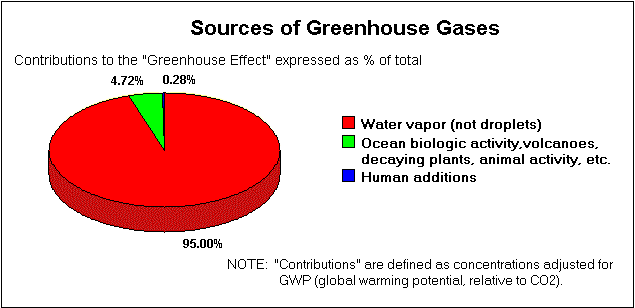
Global Temperature Deviations Vs Solar Activity And Increases In Carbon Dioxide
What are the main sources of greenhouse gases
What are the main sources of greenhouse gases-Greenhouse gas emissions by source sector for 19 It also provides an estimate of temperature adjusted emissions, which give an idea of overall trends in emissions without fluctuations due to changes in external temperature More information about the underlying methodology for the provisional emissions statistics can be found in the accompanying methodology summary TheFigure ES2 is a pie chart displaying the breakdown of Canada's GHG emissions by six Intergovernmental Panel on Climate Change sectors for 19 These sectors are the following Energy – Stationary Combustion Sources, Energy – Transport, Energy – Fugitive Sources, Industrial Processes and Product Use, Agriculture, and Waste




Reducing Your Carbon Footprint Dwellsmart
For the purposes of reporting, greenhouse gas emissions are allocated into National Communication sectors These are a small number of broad, highlevel sectors, and are as follows energy supply, business, transport, public, residential, agriculture, industrial processes, land use land use change and forestry (LULUCF), and waste management The geographic coverage of And while coal mining accounts for 9 per cent of scope 1 emissions (see topright pie chart), it is the burning of coal for energy that remains Australia's dirtiest industry, responsible for aThis chart shows 'Dayahead' gas prices at the GB gas hub (the National Balancing Point) for delivery the following working day The data is averaged by month Further information on wholesale prices can be found in our State of the Energy Market 19 report The data until 28 February 21 comes from a thirdparty Price Reporting Agency's price assessment of overthe
23 YG 4 Cyclic processes Sources & sinks of atmospheric gases 24 YG 61 Cyclic processes with biota (from C of A) 25 YG 1 Origin of atmospheres Nebula M42 26 BG 10B Noble Gases Graph of abundances 27 YG 63 Volcano eruption 28 YG 11 Abundance of Gases Pie chart for Venus 29 YG 12 Abundance of Gases Pie chart for Mars 30 YG 13 Abundance of Gases Pie chart for All of the World's Greenhouse Gas Emissions in One Awesome Interactive Pie Chart By Margaret Badore Senior Editor Columbia University Sarah Lawrence College Maggie Badore is The countries emitting the most greenhouse gases by quite a long way are China and the US Together they account for more than 40% of
The concentrations of greenhouse gasses in the atmosphere is determined by the balance between sources of greenhouse gasses and their removal from their atmosphere Greenhouse Gases With The Highest Emissions Volumes Carbon Dioxide from Fossil Fuels and AgroForestry Carbon dioxide is a colorless and odorless gas composed of a carbon atom and two oxygen atoms The natural sourcesThey are removed from the45 rows This publication provides final estimates of UK greenhouse gas emissions available from 10 Estimates are presented by source in February each year and are updated in March each year to include estimates by enduser and fuel type, and in June each year to include estimates by Standard Industrial Classification (SIC) These statistics are used to monitor




Reducing Your Carbon Footprint Dwellsmart




Colorado S Greenhouse Gas Reduction Roadmap Raises Concerns
Main Greenhouse Gases Multiple gases contribute to the greenhouse effect that sets Earth's temperature over geologic time Small changes in the atmospheric concentration of these gases can lead to changes in temperature that make the difference between ice ages when mastodons roamed the Earth, and the sweltering heat in which the dinosaurs lived Carbon dioxide was the main greenhouse gas emitted or removed in most sectors, with the exceptions of the Agriculture and Related Land Use and Waste Management sectors Methane was the main net gas emitted in the Agriculture and related Land Use sector (43 MtCO2e), followed by carbon dioxide (28 MtCO2e) and nitrous oxide (26 MtCO2e)This pie chart shows US Average Behavior Breakdown Food and Diet Driving and Flying Recycling and Waste Home energy The estimated greenhouse gas emissions are 27 tons of carbon dioxide equivalent per year of a US average person and 55 tons of carbon dioxide of a
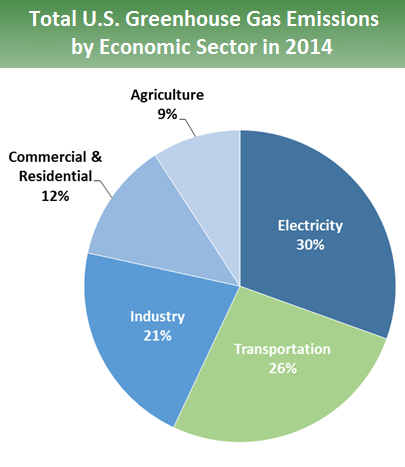



Sources Of Greenhouse Gas Emissions Greenhouse Gas Ghg Emissions Us Epa




Fhwa Policies To Reduce Greenhouse Gas Emissions Associated With Freight Movements
FileGhg pie chart Turkey 18svg Size of this PNG preview of this SVG file 576 × 432 pixels Other resolutions 3 × 240 pixels 640 × 480 pixels 800 × 600 pixels 1,024 × 768 pixels 1,280 × 960 pixels This is a file from the Wikimedia Commons Information from its description page there is shown below UK greenhouse gas emissions for 14 were within ±3% of the estimated level with 95% confidence, which is a low level of uncertainty by international standards Methodology revisions in recent years have tended to increase estimated emissions, but these changes have been within uncertainty margins Statistical uncertainty in the current greenhouse gas inventory The greenhouse gas emissions graph for different means of transportation consists of seven line time series graphs with their metric tons of greenhouse gases



Emissions By Sector Our World In Data




Breakdown Of Greenhouse Gas Emissions France 17 Statista
Volcanoes also give off greenhouse gases The most abundant gas released from volcanic eruptions is water vapor Other emitted gases include carbon dioxide (CO 2), sulfur dioxide (SO 2), hydrogen sulfide (H 2 S), carbon monoxide (CO), hydrogen chloride (HCl), and hydrogen fluorideFluorinated gases are emitted in smaller quantities than the other greenhouse gases, but what they lack in volume they can make up in potency and long lifespans in the atmosphere, ranging from 1270 years for HFCs to ,000 years for PFCs and about 3,0 years for SF6 Once emitted into the atmosphere, they disperse widely around the globe;GHG data for some source categories are not directly comparable between 10 and subsequent years 12 Pie Chart Current Reporting Year All Reporting Years × The GHGRP generally requires facilities that emit above 25,000 metric tons CO2e of GHGs to report their emissions Therefore this data set does not reflect total US emissions or total emissions from individual states Roughly



Skeptic S Corner Spit And Pie Charts




Pie Chart That Shows Country Share Of Greenhouse Gas Emission 30 Comes From China 15 From The Unite Greenhouse Gases Greenhouse Gas Emissions Ghg Emissions
See the "US Greenhouse Gas Emissions by Sector and by Gas" pie charts at the end of this lesson for comparisons of the different gases and sources In the United States, the US Environmental Protection Agency (EPA) collects data about greenhouse gas emissions by source, industry type, and type of gas EPA collects and publishesGreenhouse gas emissions Emissions of greenhouse gases (RES) Archived (English only) – No longer updated Actions Chart Revert Link Short link Export A pie chart supplied by Santa Barbara County shows the sources of greenhouse gas emissions in the county, with transportation the largest contributor, followed by building energy use, agriculture



Truevaluemetrics Impact Accounting For The 21st Century
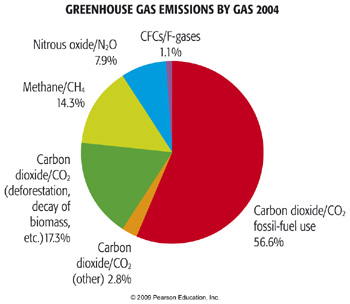



Anthropogenic Greenhouse Gas Emissions Meteo 469 From Meteorology To Mitigation Understanding Global Warming
Figure 3 is a pie chart showing the types of calculation methods and their percent usage by facilities to estimate their GHG emissions The most common method (at 60%) was that using emissions factors followed by engineering estimates (at 16%) and mass balance (at 17%) The remaining method is monitoring or direct measurements, used 8% of the time 22 Greenhouse gasesAtmosphere of Earth Wikipedia The pie chart example "Atmosphere air composition" was created using the ConceptDraw PRO diagramming and vector drawing software extended with the Pie Charts solution of the Graphs and Charts area in ConceptDraw Solution Park Gases In Air Pie Chart Climate change UK CO2 emissions fall again The mass closure of coalfired power stations has helped reduce UK greenhouse gases whilst global emissions (GHG) are rising The finalised official
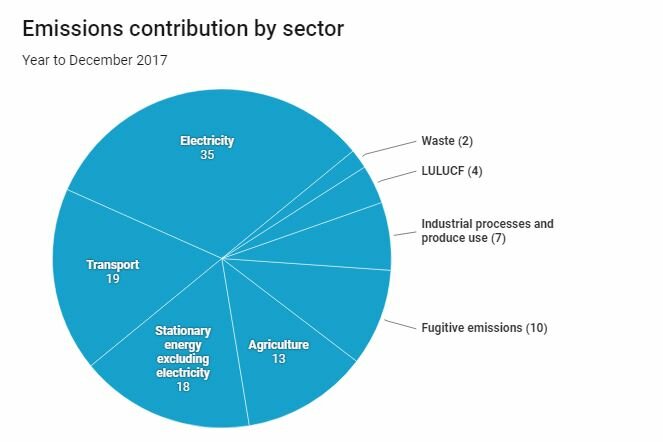



How To Neutralise Your Greenhouse Gas Footprint
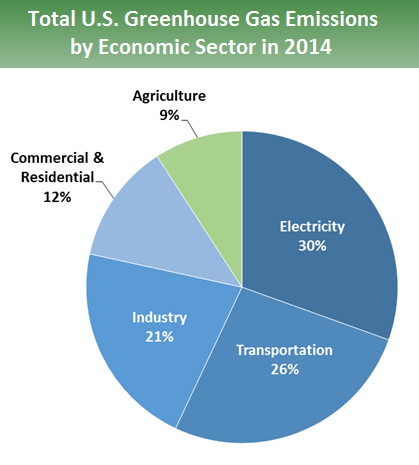



Sources Of Greenhouse Gas Emissions Greenhouse Gas Ghg Emissions Us Epa
Details This publication provides the final estimates of UK territorial greenhouse gas emissions going back to 1990 Estimates are presented by source As we all know, the world is producing more and more greenhouse gases (GHG), mainly carbon dioxide CO 2, and methane CH 4, which are released through human activities like deforestation and burning of fossil fuels, though natural processes such as respiration and volcanic eruptions also play a part So far, land plants and the ocean take up 55% of the extra carbon weFigure 2 is a nested pie chart that shows a breakdown of New Zealand's gross greenhouse gas emissions by sector, subcategory and gas type in 19 Emissions and gases are represented in percentages In particular, the inner pie chart shows The Agriculture sector was responsible for 481 per cent of gross emissions The Energy sector was responsible for 416 per cent of gross



1
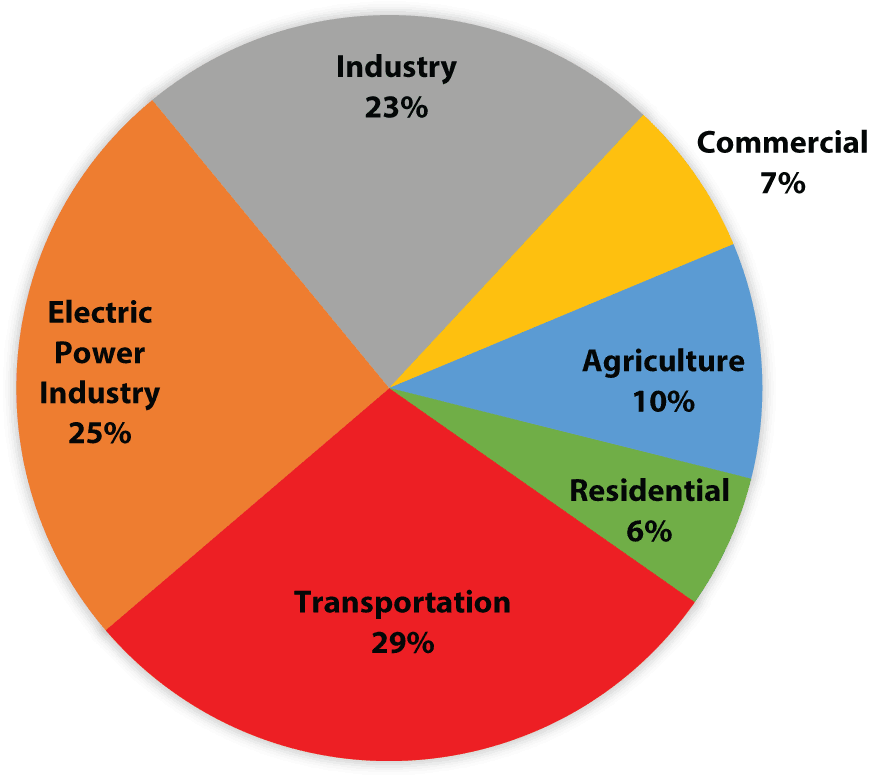



Agriculture And Greenhouse Gas Emissions G310 Mu Extension
Chemicals & petrochemicals (22%) greenhouse gases can be produced as a byproduct from chemical processes – for example, CO 2 can be emitted during the production of ammonia, which is used for purifying water supplies, cleaning products, and as a refrigerant, and used in the production of many materials, including plastic, fertilizers, pesticides, and textilesRoad transport is an important source of both greenhouse gases and air pollutants, being responsible for significant contributions to emissions of carbon dioxide, nitrogen oxides, particulate matter (PM)10 and PM25 The extent to which the population and environment are exposed to harmful levels of air pollution is dependent upon various factors However, as road transport The pie chart above illustrates the 18 US humancreated greenhouse gas emissions and does not include natural sources and sinks of greenhouse gases Fluorinated gases, methane, and nitrous oxide have a large impact on global warming despite being a small percentage of emitted greenhouse gases Hydrofluorocarbons (HFCs), one of the fluorinated gases




Zwkavkdlcch9xm




Nasa Giss Nasa News Feature Releases Methane Explosion Warmed The Prehistoric Earth
FileGhg pie chart Turkey 19svg Size of this PNG preview of this SVG file 576 × 432 pixels Other resolutions 3 × 240 pixels 640 × 480 pixels 800 × 600 pixels 1,024 × 768 pixels 1,280 × 960 pixels 2,560 × 1,9 pixels This is a file from the Wikimedia Commons Information from its description page there is shown belowCarbon dioxide is the most important greenhouse gas emitted by humans, but several other gases contribute to climate change, too Learn more about the major greenhouse gases by selecting pieces of the pie chart below Water Vapor It's a Gas! This publication provides the final estimates of UK territorial greenhouse gas emissions going back to 1990 Estimates are presented by source in February of each year and updated in March of each



Q Tbn And9gcrevtfvebbghz5zkkbq1akjhfs4 Gwdrbwpqnmfiixo2oqlgyw8 Usqp Cau




Global Gas Emissions Climate Energy And Society College Of Liberal Arts Auburn University
Chemicals & petrochemicals (22%) greenhouse gases can be produced as a byproduct from chemical processes – for example, CO 2 can be emitted during the production of ammonia, which is used for purifying water supplies, cleaning products, and as a refrigerant, and used in the production of many materials, including plastic, fertilizers, pesticides, and textiles Generating electricity and heat by burning fossil fuels like coal, natural gas and oil produces more greenhouse gas (GHG) emissions than any human activity, accounting for at least one quarter of all global emissions CO2 emissions from electricity and heat have increased as coal has been the fastest growing energy source since 00, reports the International Energy AgencyIn the United States, most of the emissions of humancaused (anthropogenic) greenhouse gases (GHG) come primarily from burning fossil fuels—coal, natural gas, and petroleum—for energy useEconomic growth (with shortterm fluctuations in growth rate) and weather patterns that affect heating and cooling needs are the main factors that drive the amount of energy consumed




Windsor S Greenhouse Gas Emissions




Bay Area Greenhouse Gas Emitters San Fran Beat
18 UK Greenhouse Gas Emissions, Final figures 4 February National Statistics In 18, UK emissions of the basket of seven greenhouse gases covered by the Kyoto Protocol were estimated to be 4515 million tonnes carbon dioxide equivalent (MtCO2e), a decrease of 21% compared to the 17 figure of 4610 million tonnes Greenhouse gas emissions in 18 are estimated to be 4CHART Greenhouse gas emissions by year Archived (English only) – No longer updated Actions Chart Revert Link Short link Export The statistics come from a range of sources in Wales and across the UK, which are updated at different times and intervals The StatsWales reports will be updated twice a year in July and December and these updates will be highlighted through a preWater can take the form of an invisible gas called water vapor



Global Greenhouse Gas Emissions By Country And Sector Used Cait As Data Source Climatechange
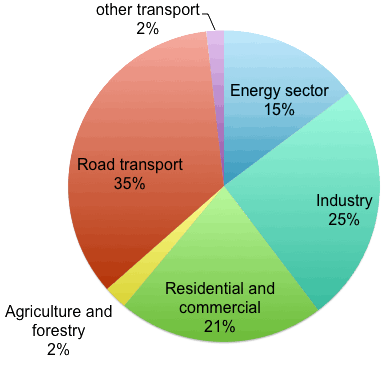



How Do Greenhouse Gas Emissions Presently Evolve Jean Marc Jancovici
The California Greenhouse Gas Emissions for 00 to 18, Trends of Emissions and Other Indicators, summarizes and highlights the major annual changes and notable longerterm trends of each year's GHG inventory It provides easytoread graphs and explanations to illuminate California's progress in its commitment to reduce climatechanging emissions California Greenhouse GasA pie chart of greenhouse gas emissions The following program depicts the emissions of greenhouse gases by mass of "carbon equivalent" Data from the 07 IPCC report, 07 Climate Change 07 Synthesis Report Contribution of Working Groups I, II and III to the Fourth Assessment Report of the Intergovernmental Panel on Climate Change Core Sources US Energy Information Administration, Monthly Energy Review, August , Table 116, Carbon Dioxide Emissions from Energy Consumption Electric Power Sector, and calculations made for this analysis based on Table 73c, Consumption of Selected Combustible Fuels for Electricity Generation Commercial and Industrial Sectors (Subset of Table 73a)



1
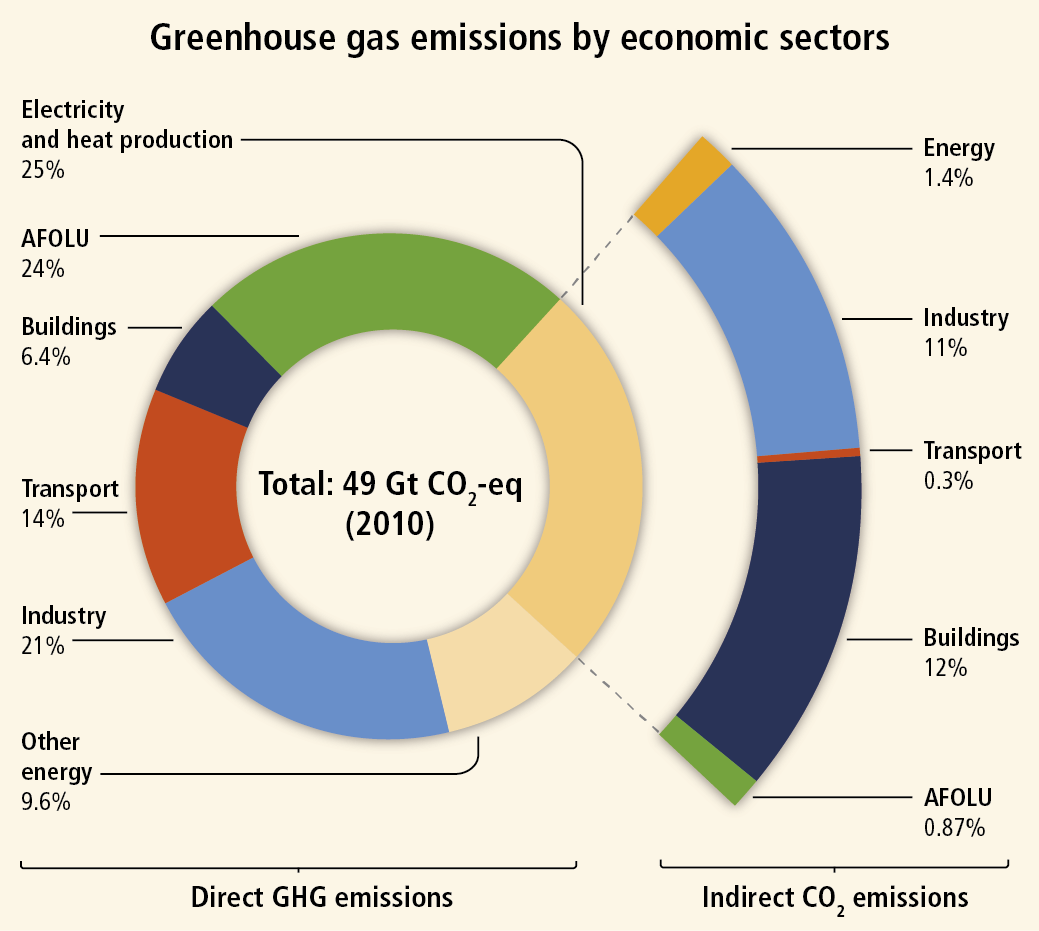



Impact Of Agriculture On Climate Change
"A greenhouse gas (sometimes abbreviated GHG) is a gas in an atmosphere that absorbs and emits radiation within the thermal infrared range This process is the fundamental cause of the greenhouse effect The primary greenhouse gases in the Earth's atmosphere are water vapor, carbon dioxide, methane, nitrous oxide, and ozone The accompanying charts show greenhouse gases by gas and source The burning of fossil fuels is the biggest culprit and much is being done to reduce it as a percentage of overall energy supply the adoption of solar, wind, geothermal, hydroelectric and others will go a long way toward reigning in this piece of the pie
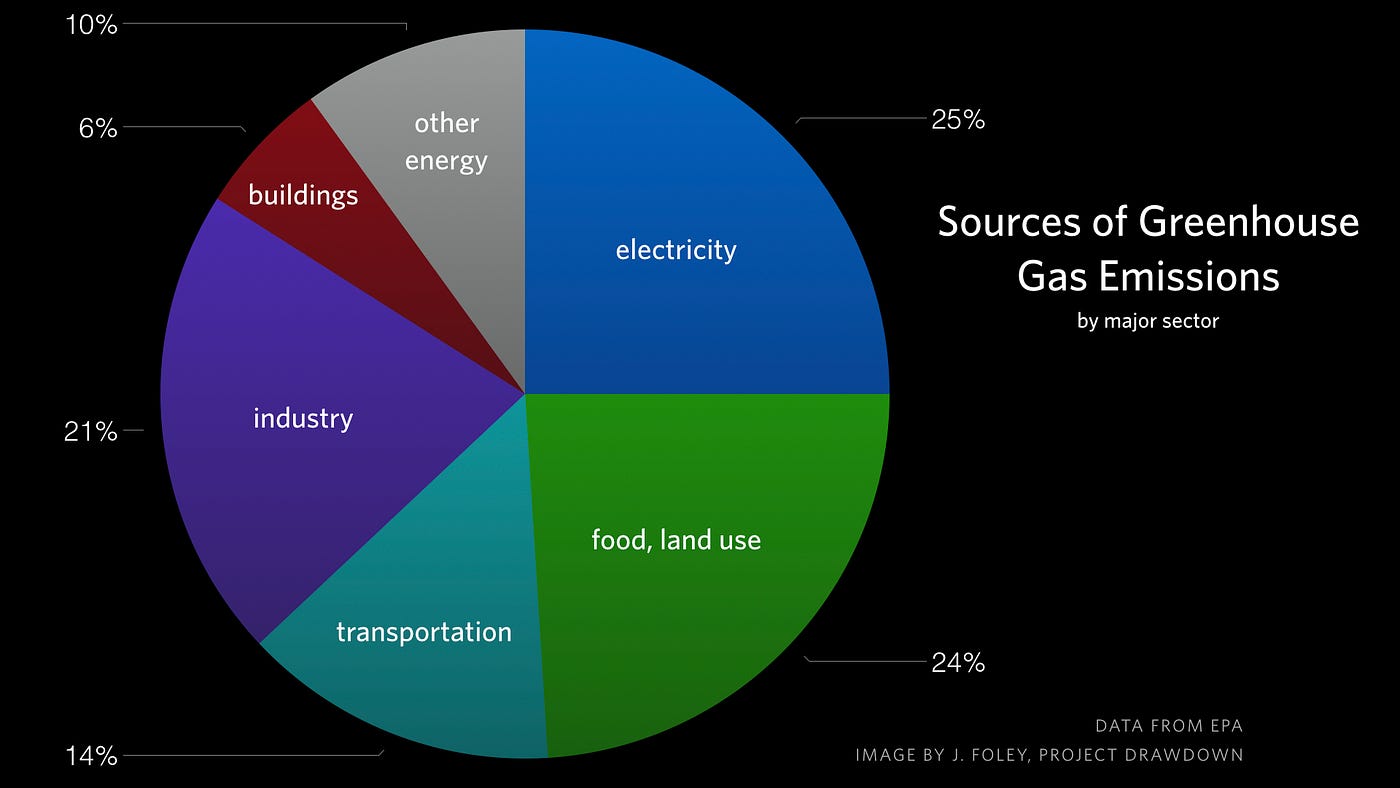



Major Causes Of Climate Change Globalecoguy Org



1



Carbon Footprint Factsheet Center For Sustainable Systems



Livestock Emissions Geog 438w Human Dimensions Of Global Warming
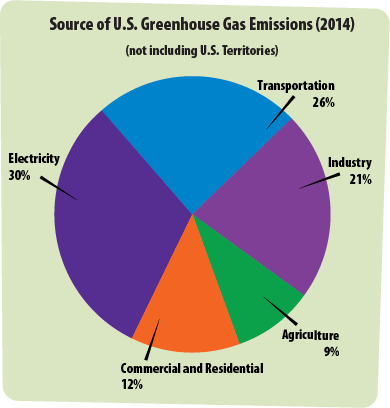



Greenhouse Gases A Student S Guide To Global Climate Change Us Epa




These Are The Toughest Emissions To Cut And A Big Chunk Of The Climate Problem Inside Climate News
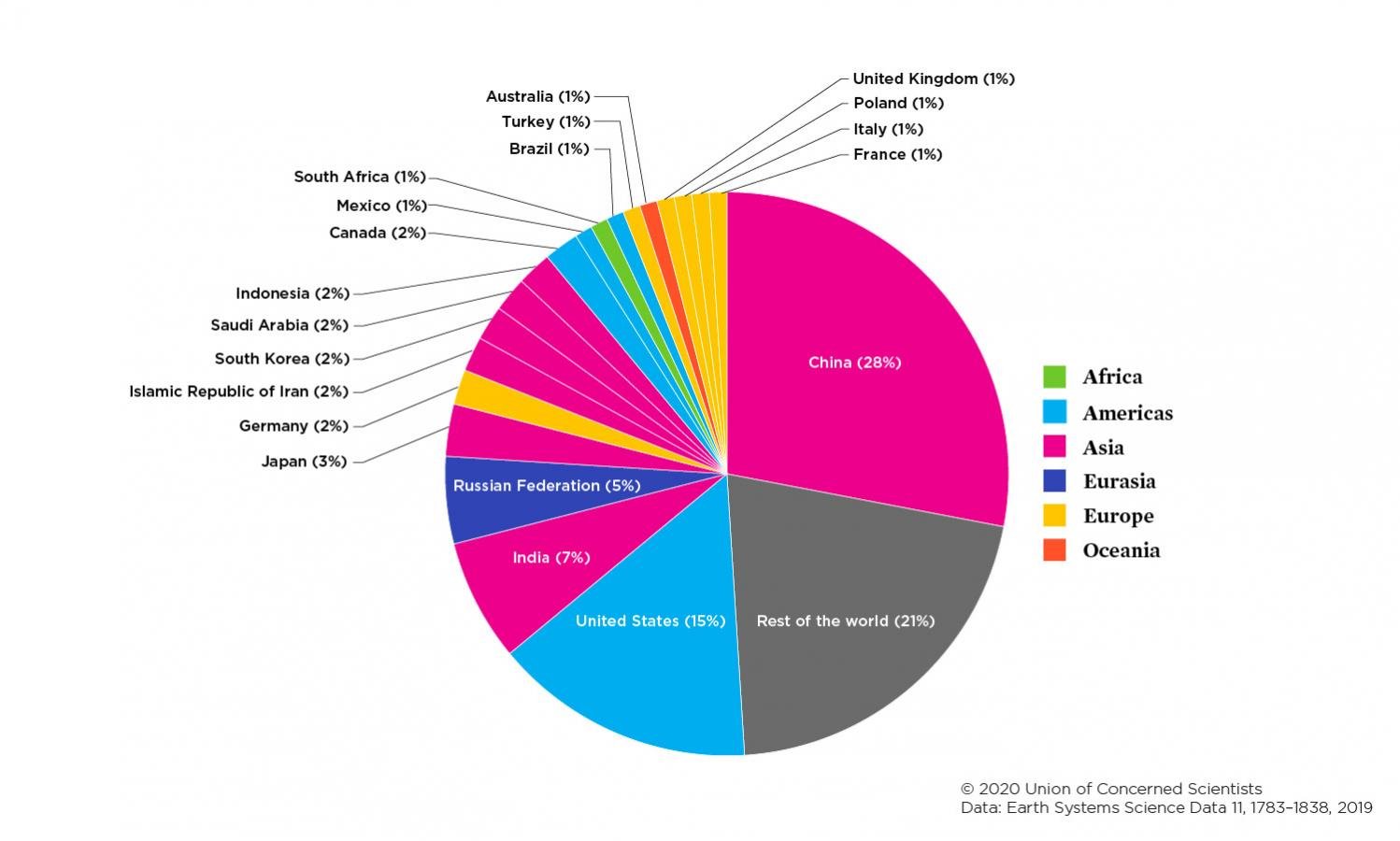



Each Country S Share Of Co2 Emissions Union Of Concerned Scientists




Improving Air Quality Public Health Washington State Department Of Ecology
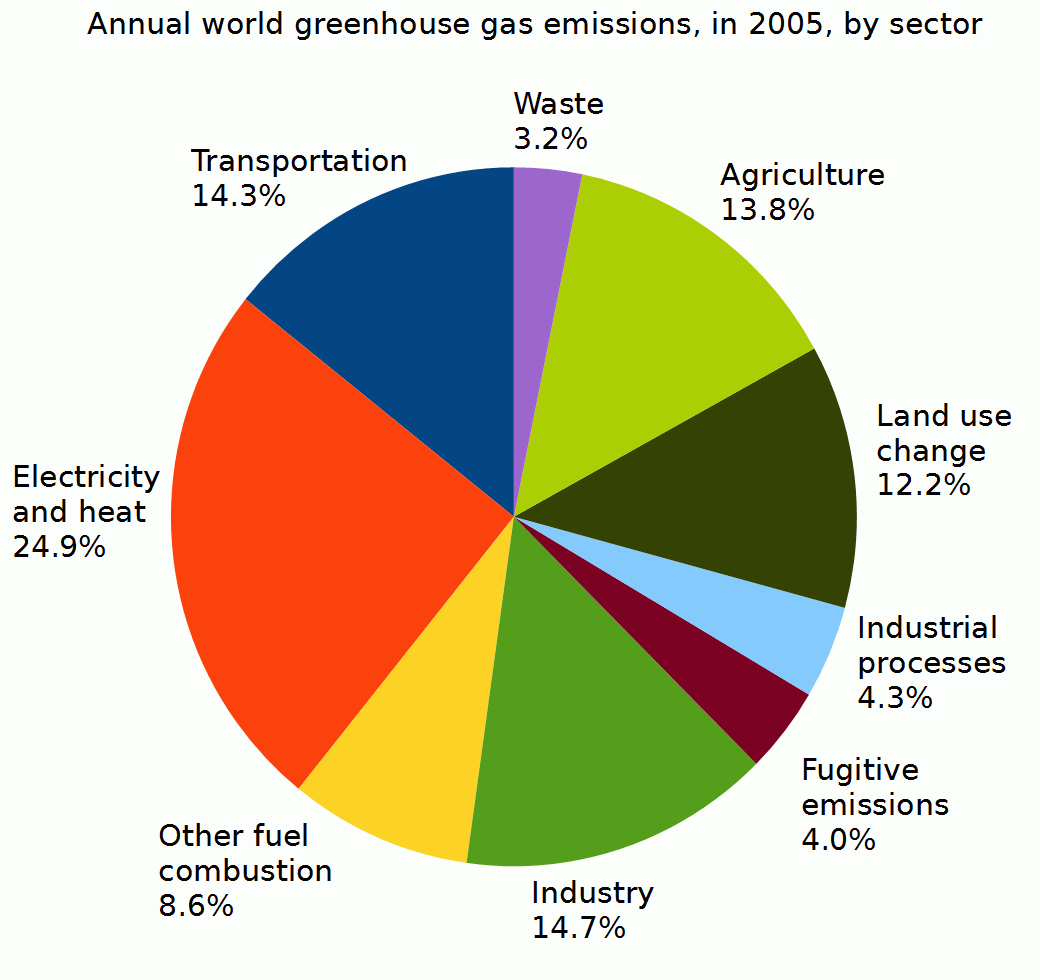



File Annual World Greenhouse Gas Emissions In 05 By Sector Png Wikimedia Commons




Dark Greenhouse Gases Pie Chart Template



Epa Ghg Inventory Shows Us Ghg Down 1 7 Y O Y In 19 Down 13 From 05 Green Car Congress




Global Gas Emissions Climate Energy And Society College Of Liberal Arts Auburn University




Sources Of Greenhouse Gas Emissions Beef2live Eat Beef Live Better
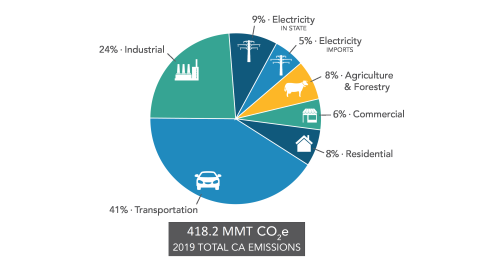



Current California Ghg Emission Inventory Data California Air Resources Board




Manitoba Agricultural Ghgs Climate Change Connection
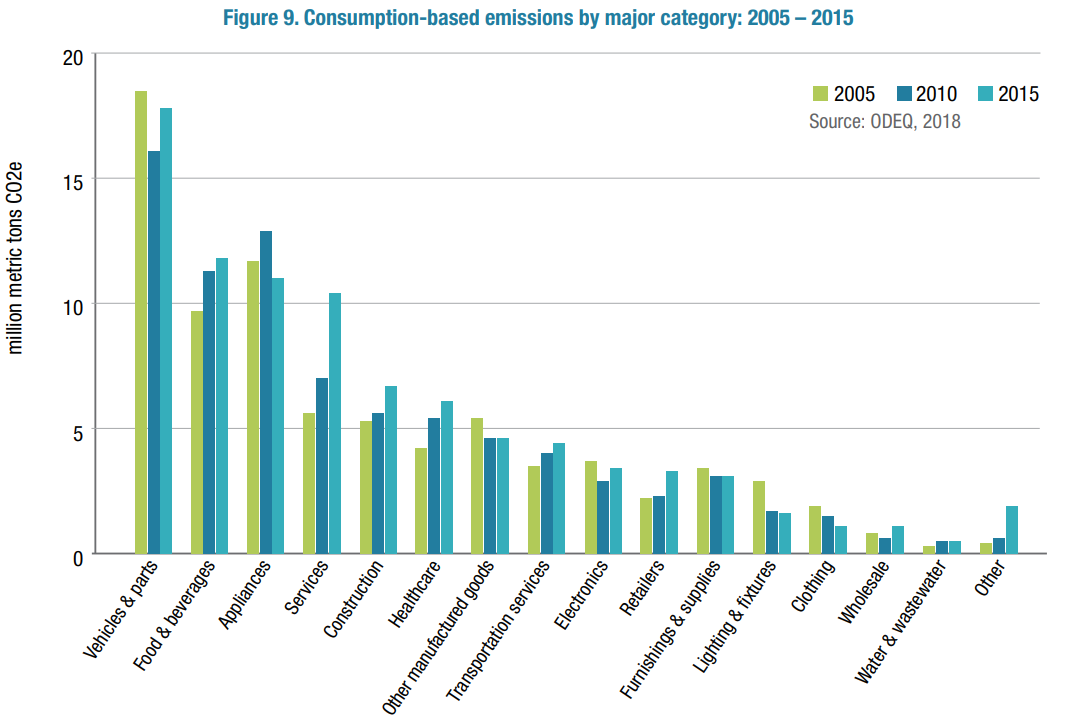



State Of Oregon Energy In Oregon Greenhouse Gas Emissions Data




Global Temperature Deviations Vs Solar Activity And Increases In Carbon Dioxide
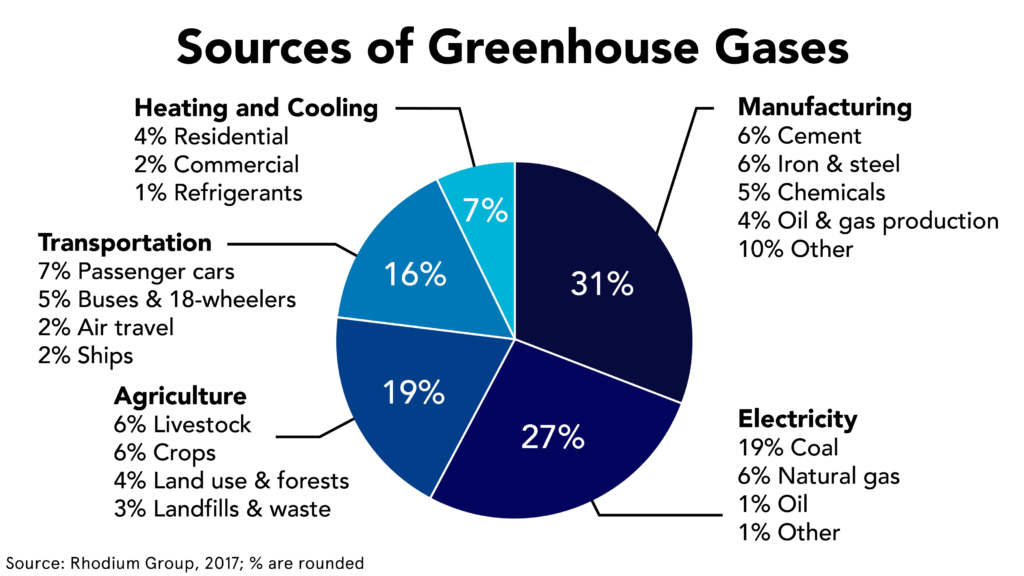



Bill Gates Says We Re On A Path To Climate Disaster But He Has A Plan To Avoid It




How To Decarbonize America And The World Techcrunch Greenhouse Gases Greenhouse Gas Emissions Global Warming
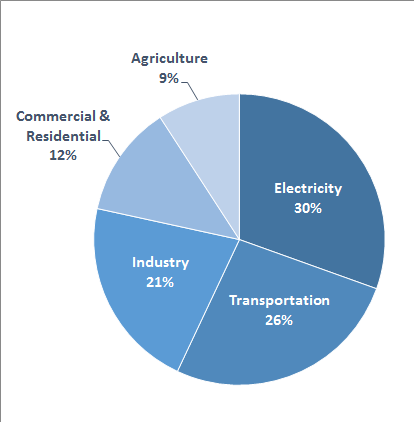



Methane Emissions Replace Co2 Emissions Is This Progress Planetizen News
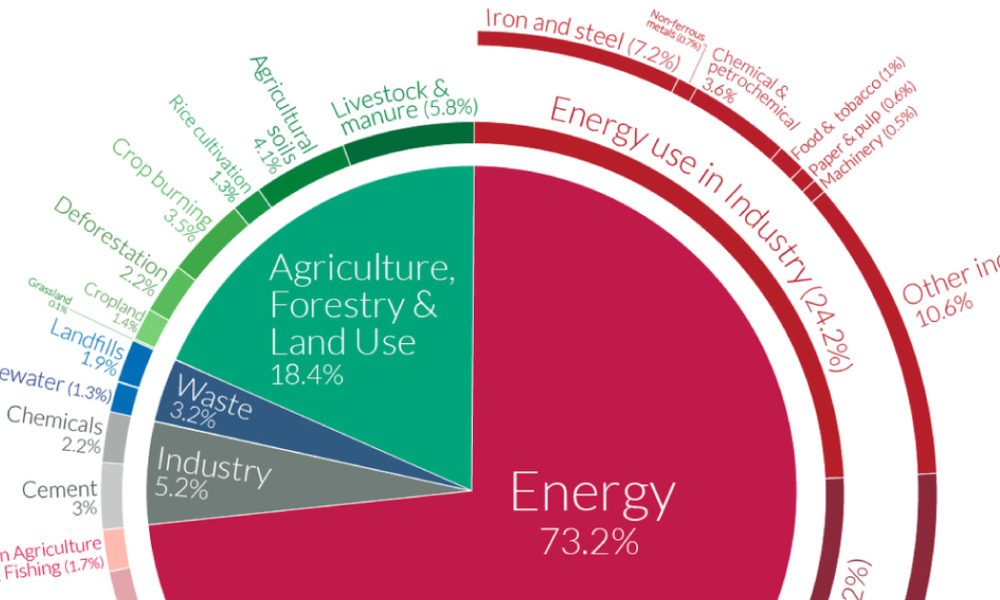



A Global Breakdown Of Greenhouse Gas Emissions By Sector



c News Special Reports Euro Mps Seal Major Climate Deal




Global Emissions Center For Climate And Energy Solutions
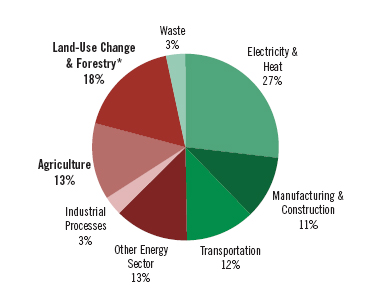



Introduction To The Energy Sector And Its Greenhouse Gas Emissions Geog 438w Human Dimensions Of Global Warming
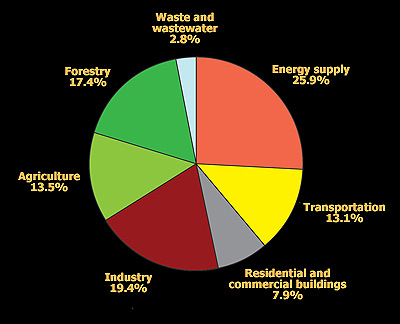



Tackling The Global Warming Challenge




Breakdown Of Greenhouse Gas Emissions France 17 Statista




Climate Change 101 Causes And Effects Good Intent




File Ghg Pie Chart Turkey 19 Svg Wikipedia
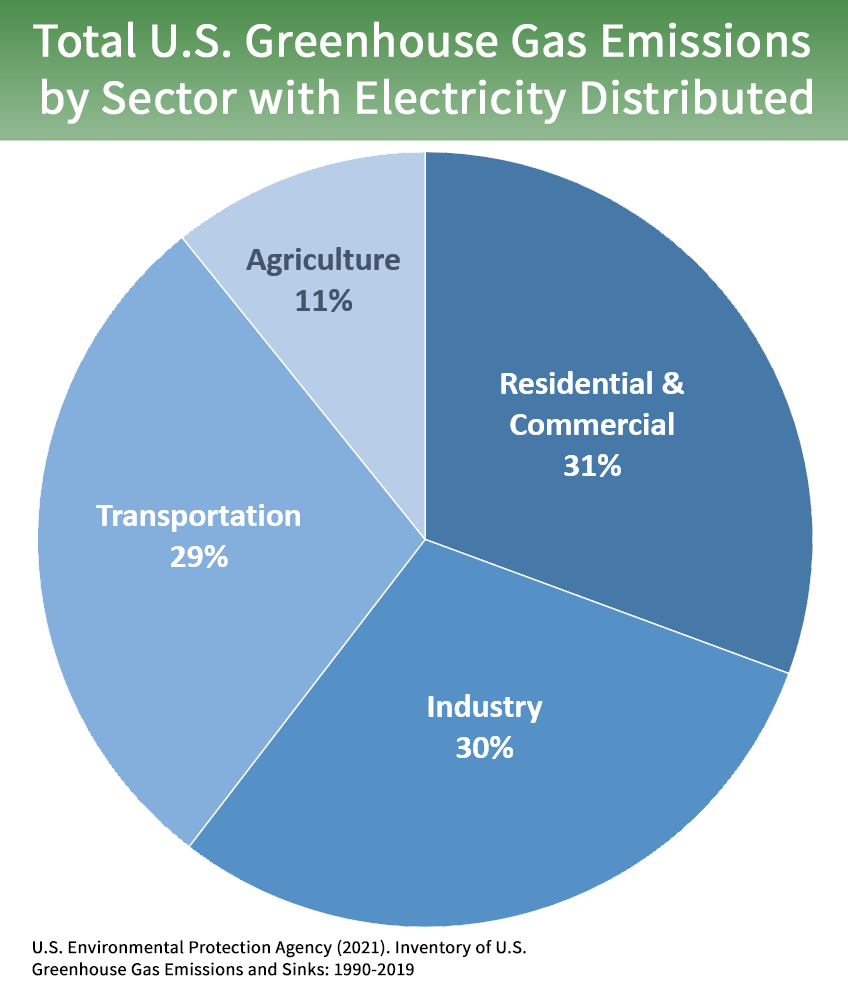



Sources Of Greenhouse Gas Emissions Us Epa
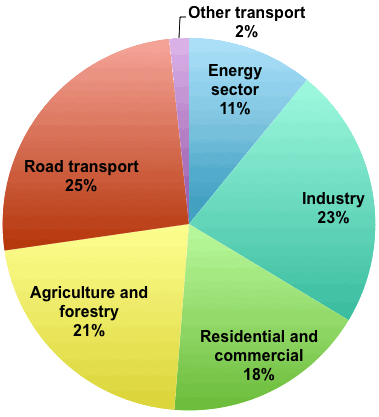



How Do Greenhouse Gas Emissions Presently Evolve Jean Marc Jancovici




Windsor S Greenhouse Gas Emissions
/GettyImages-1189129733-6232768eb36c48d7b8e65aafb9ecd456.jpg)



All Of The World S Greenhouse Gas Emissions In One Awesome Interactive Pie Chart
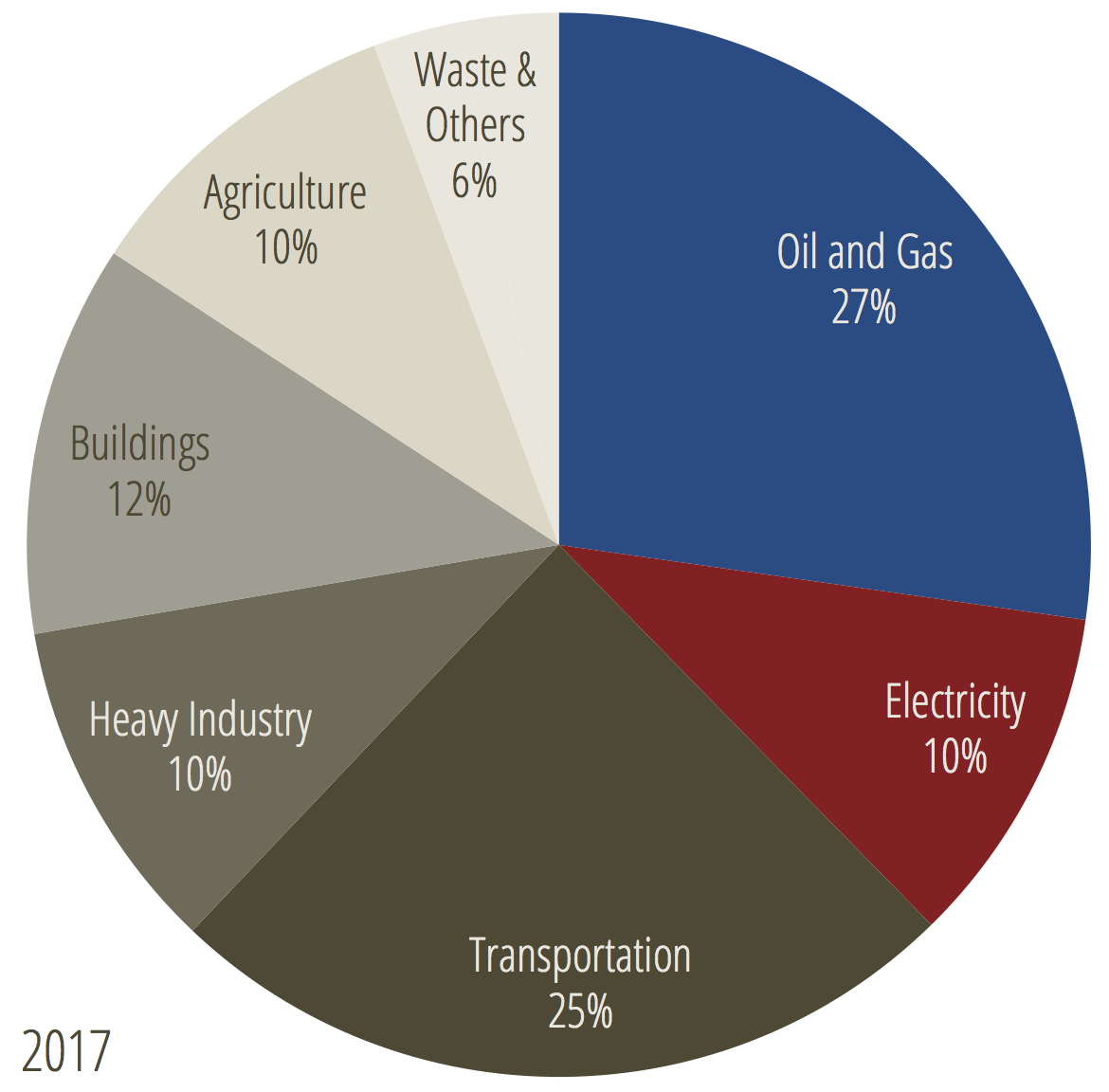



The Most Important Climate Numbers You Need To Know Blog Posts Pembina Institute




Where Do Canada S Greenhouse Gas Emissions Come From
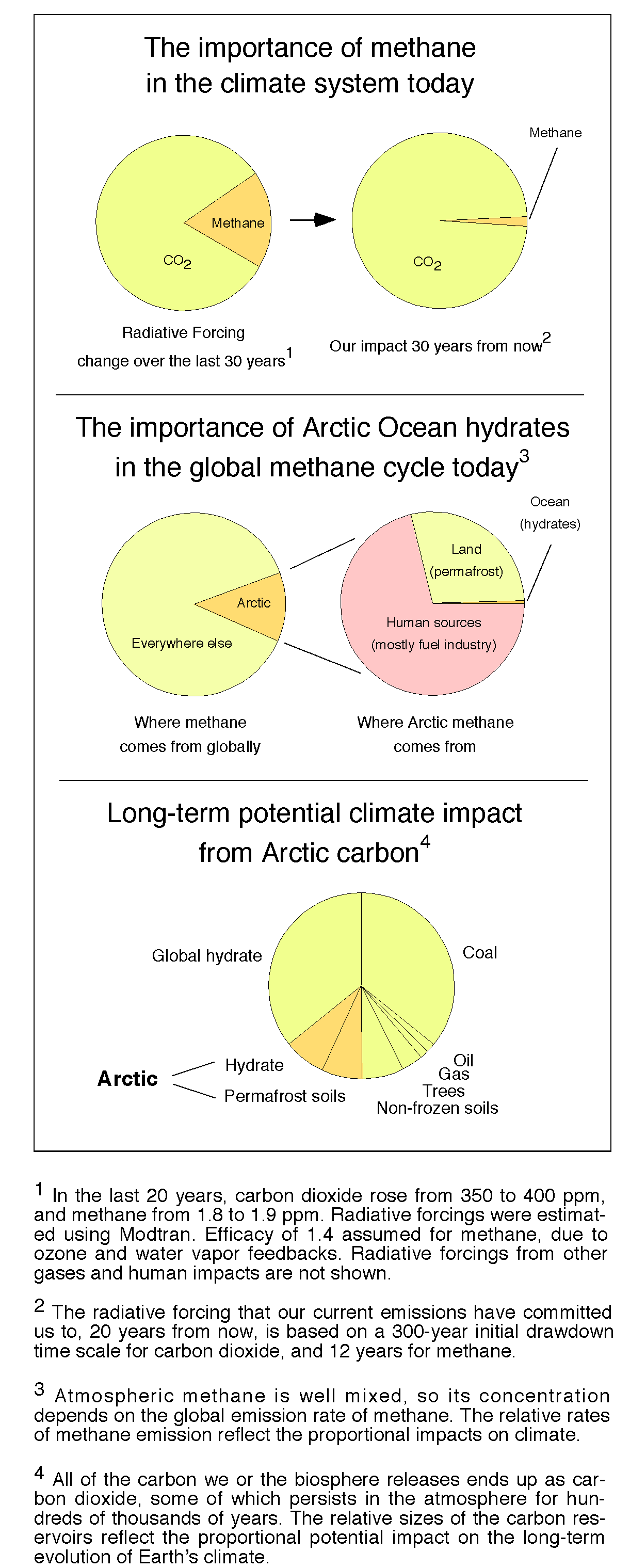



Realclimate The Story Of Methane In Our Climate In Five Pie Charts




Chart Of The Day Greenhouse Gas Pollution In California Streets Mn




Windsor S Greenhouse Gas Emissions
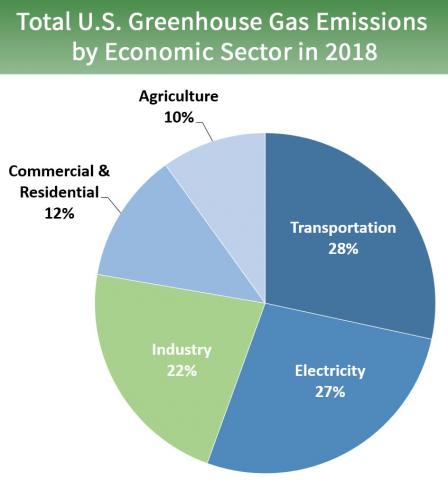



Sources Of Greenhouse Gas Emissions Greenhouse Gas Ghg Emissions Us Epa




Jonah Busch I Like Globalecoguy S Graphic Of Ipcc Ch Data Showing Greenhouse Gas Sources But A Pie Chart Can T Show Mitigation Potential The Way A Bar Chart Can Most Sources Of




Greenhouse Effect And Anthropogenic Warming Mrgeogwagg
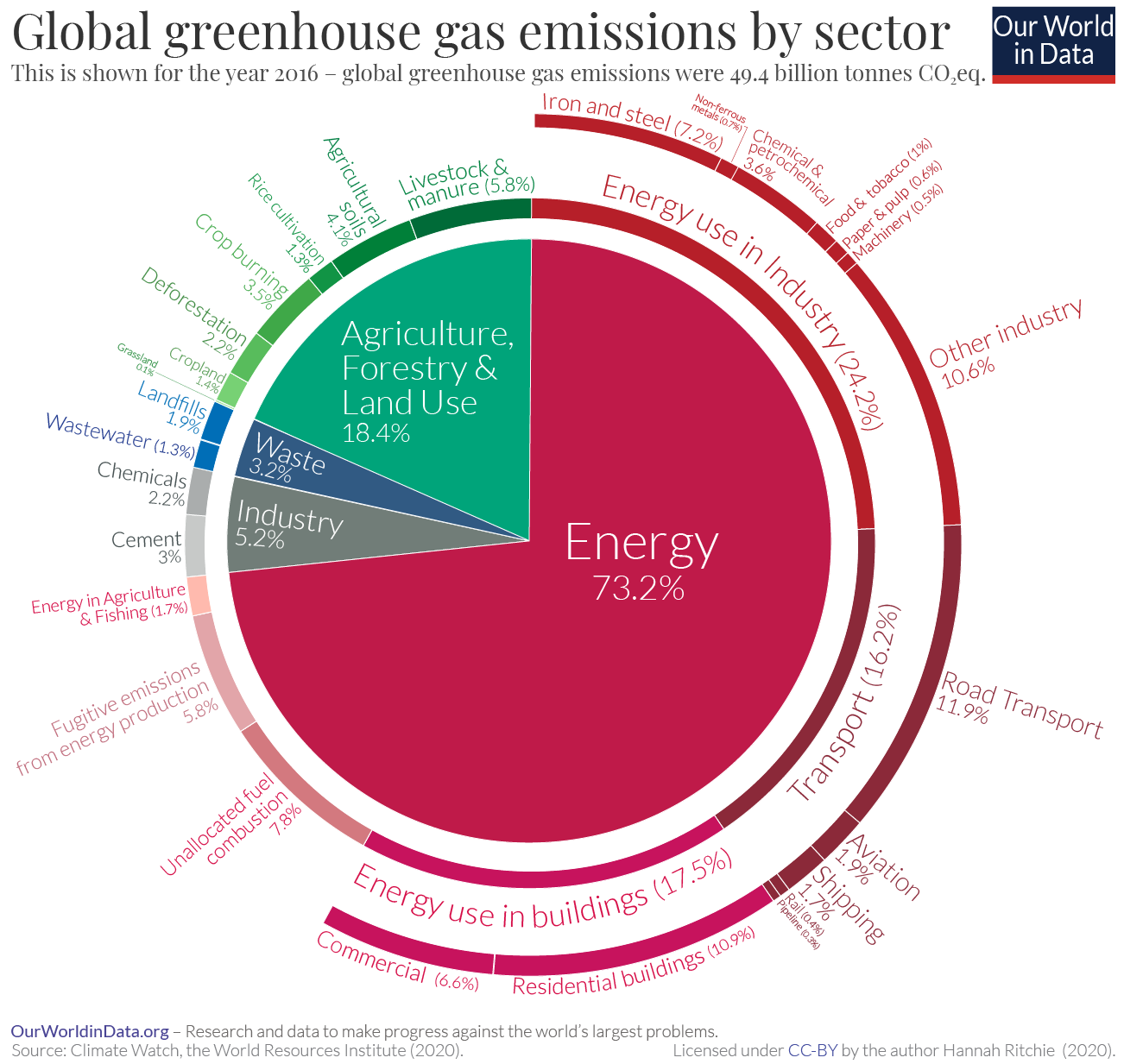



Sector By Sector Where Do Global Greenhouse Gas Emissions Come From Our World In Data
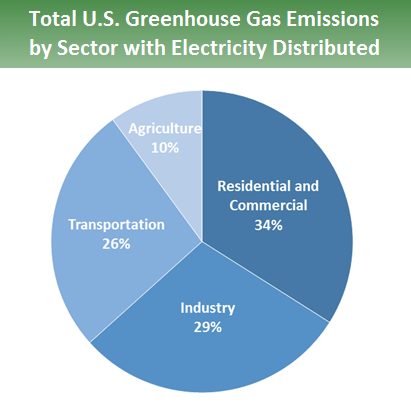



Sources Of Greenhouse Gas Emissions Greenhouse Gas Ghg Emissions Us Epa




What S Going On In This Graph Nov 19 The New York Times




Skeptic S Corner Spit And Pie Charts




Pie Charts Showing Relative Radiative Forcing For Greenhouse Gas Download Scientific Diagram
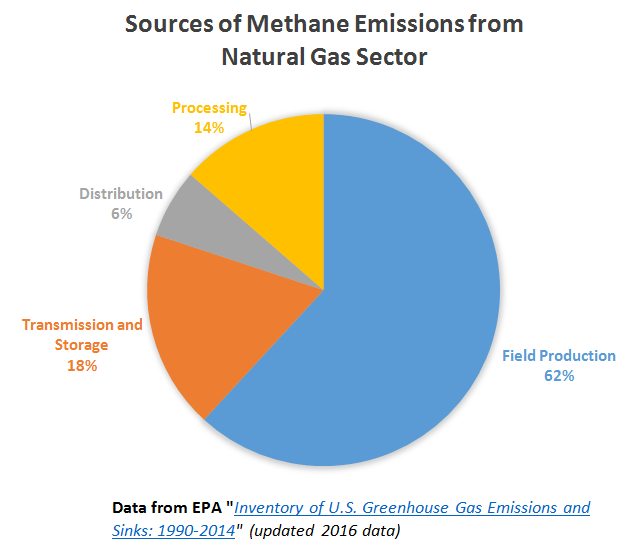



Methane
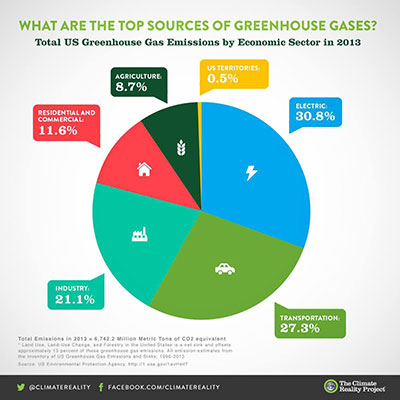



Agriculture Causes Less Emissions Than Transportation




Pie Chart Showing Total Greenhouse Gas Emissions Due To Human Activities In 10 Climate Change Causes Of Climate Change Greenhouse Gas Emissions
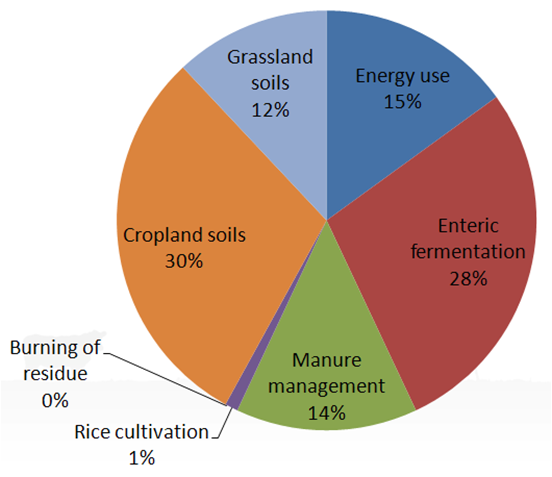



Livestock And The Environment Faqs Unl Beef




Dnr Reports 3 Increase In Iowa Greenhouse Gas Emissions Iowa Environmental Focus
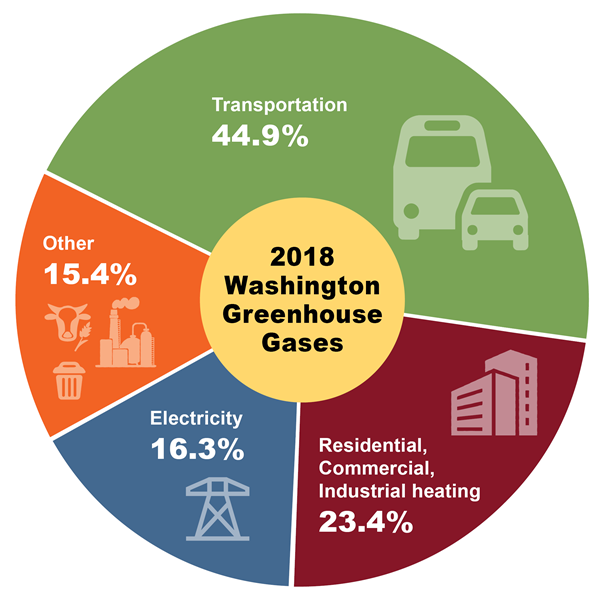



18 Data Washington State Department Of Ecology
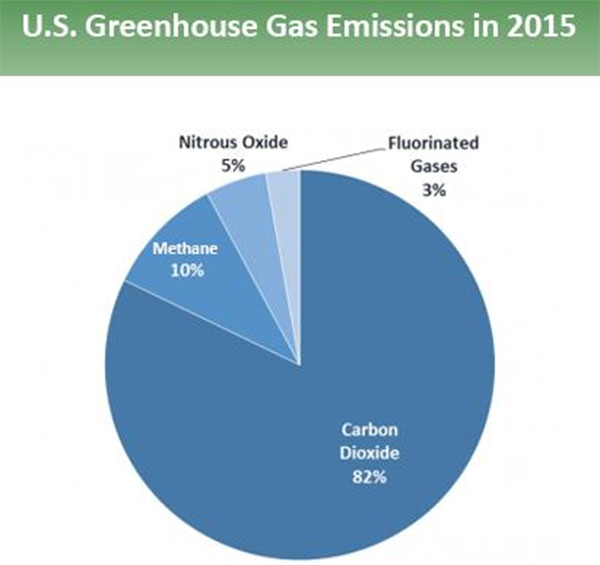



Climate Science It S Carbon Dioxide Silly




What Is Climate Change King County
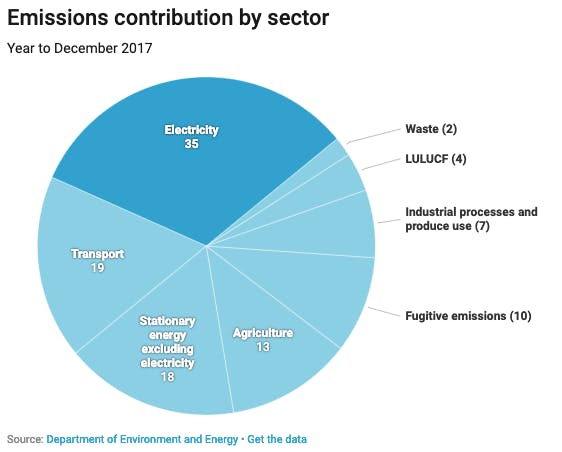



How To Neutralise Your Greenhouse Gas Footprint Opinion Eco Business Asia Pacific



Seattle S Carbon Footprint Assessing The Assessment Hugeasscity




Greenhouse Gas Maps The Why Files




Plato Question Please Answer Correctly Thank You So Much Instructions Select The Correct Brainly Com




3 Global Sources Of Atmospheric Ch 4 The Left Side Of The Left Pie Download Scientific Diagram




Chart Of The Day Greenhouse Gas Pollution In California Streets Mn



Co2 Sources




Emissions Of The Powerful Greenhouse Gas Sf6 Are Rising Rapidly World Economic Forum
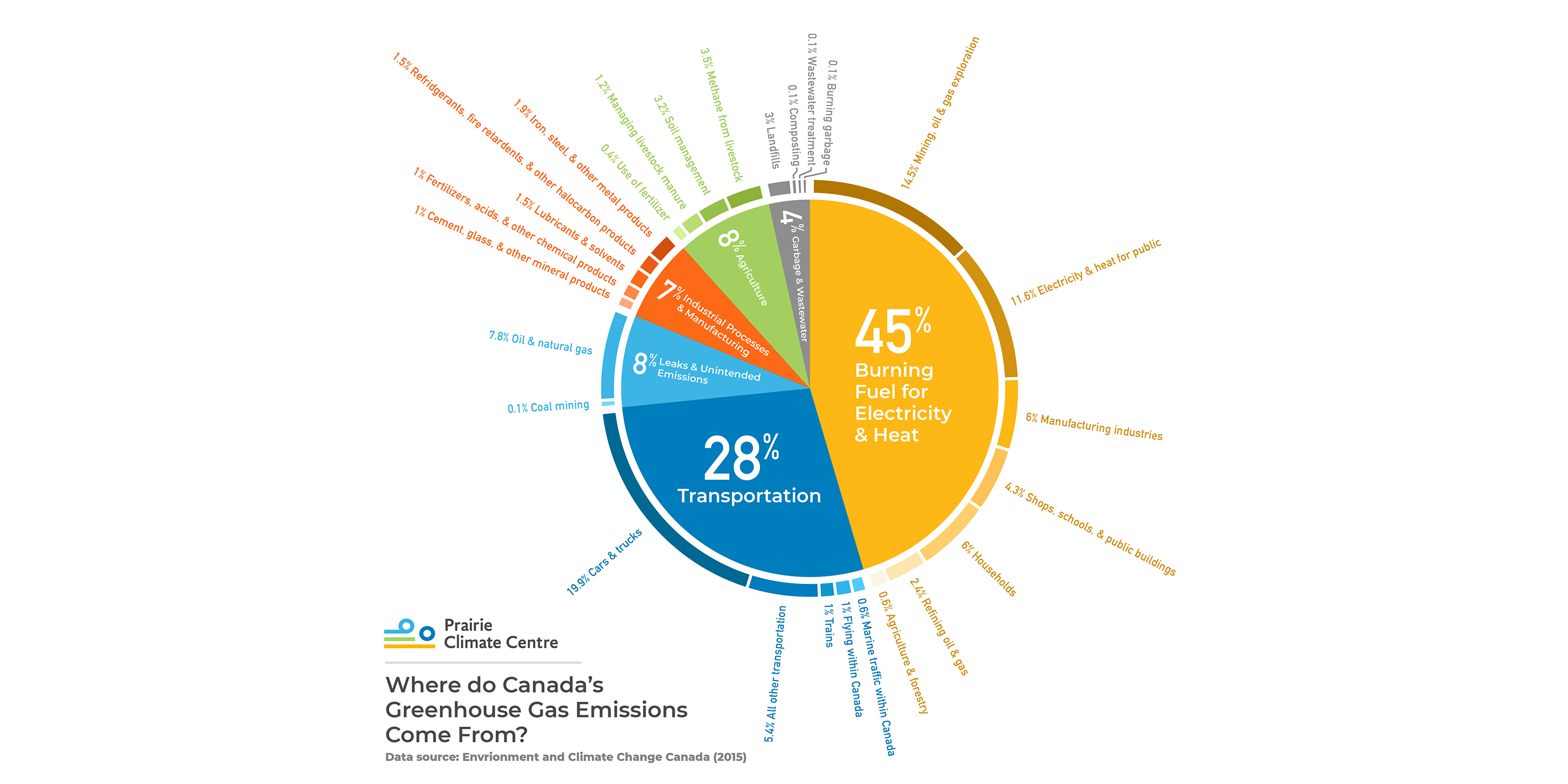



Where Do Canada S Greenhouse Gas Emissions Come From
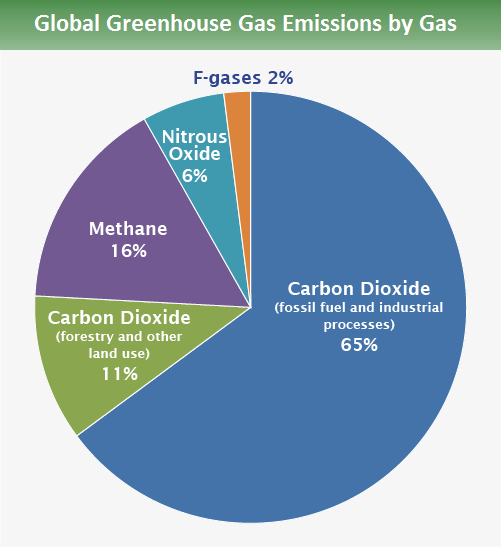



Global Greenhouse Gas Emissions Data Us Epa




The Greenhouse Effect Artis Energy




Causes Of Climate Changes Automobile Emissions




Sources Of Greenhouse Gases Contributions To The Greenhouse Effect Expressed As Of Total 472 028 Water Vapor Not Droplets Ocean Biologic Activityvolcanoes Decaying Plants Animal Activity Etc Human Additions 9500 Note




Greenhouse Gases A Student S Guide To Global Climate Change Us Epa




Nasa Giss Air Pollution As A Climate Forcing Kaya
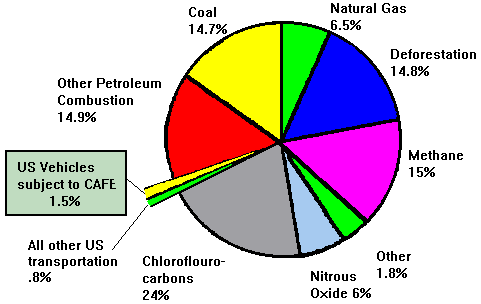



Percent Of Worldwide Man Made Greenhouse Gases




Parameter Checks Pie Chart Of Total U S Greenhouse Gas Emissions By Economic Sector In 09 34 Perce Greenhouse Gases Greenhouse Gas Emissions Climate Change
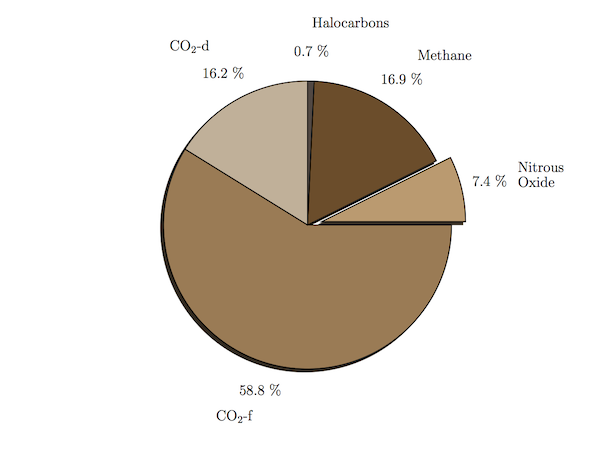



A Pie Chart Of Greenhouse Gas Emissions
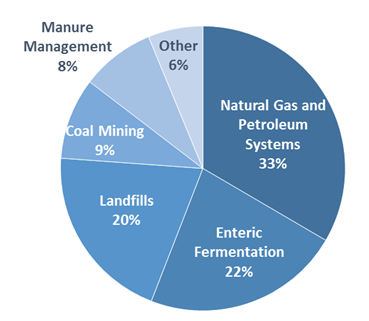



Methane Emissions Replace Co2 Emissions Is This Progress Planetizen News




This Pie Chart Gives Information On Us Sources Of Greenhouse Gas Emissions By Economic Sector In Brainly Com




Greenhouse Gas Emissions In Santa Fe City Of Santa Fe New Mexico
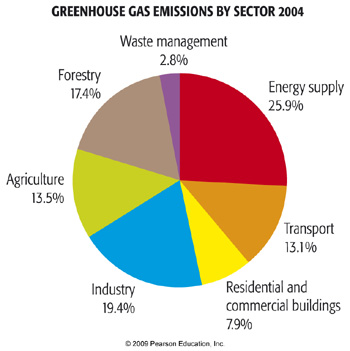



Anthropogenic Greenhouse Gas Emissions Meteo 469 From Meteorology To Mitigation Understanding Global Warming
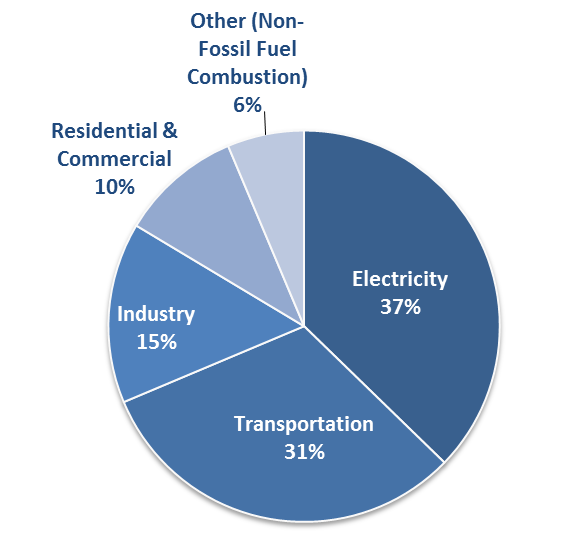



Overview Of Greenhouse Gases Matter Of Trust



Greenhouse Gases
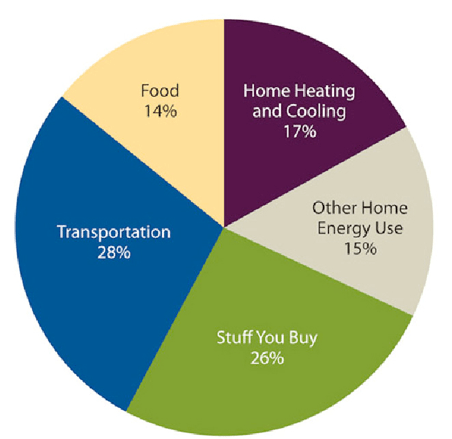



Carbon Dioxide Emissions And Carbon Footprint Mahb
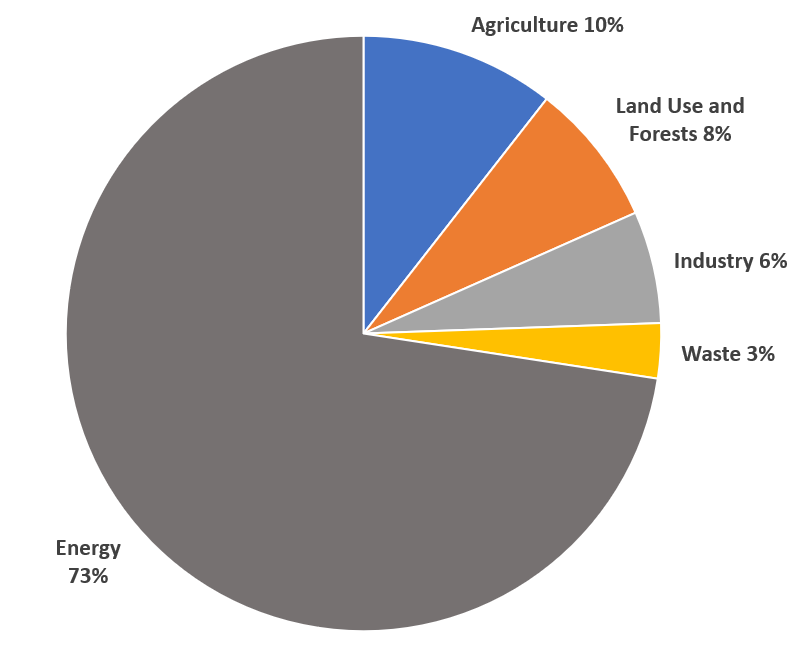



How To Talk About Food In En Roads



Emissions By Sector Our World In Data



0 件のコメント:
コメントを投稿